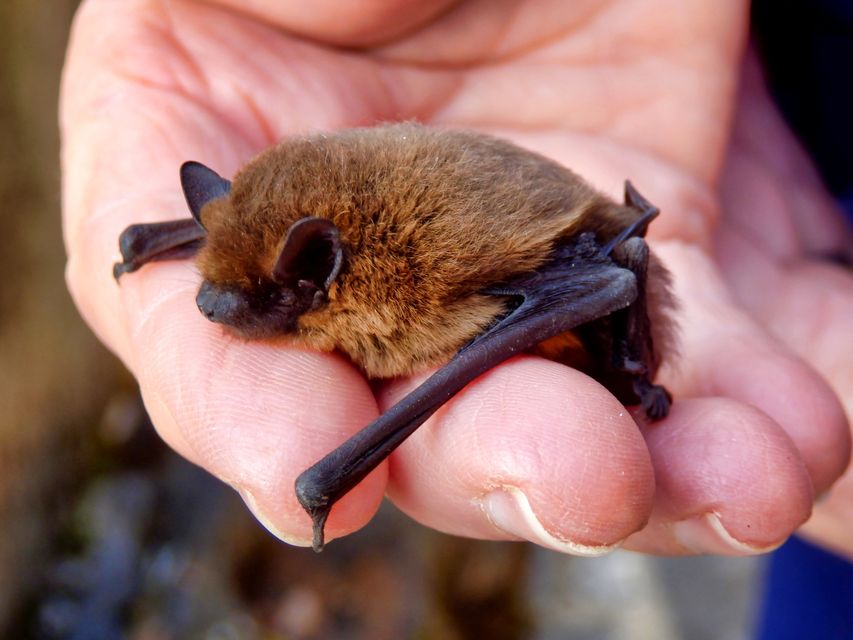Bright lights are increasingly used to display garden features, offer security around properties and even to illuminate monuments and urban features.
However, LED lights are so intense that they can confuse bats – and, in some cases, can even delay them leaving their roost by causing them to mix up day and night.
Worse still, some properties have spotlights and LED lights illuminated throughout the hours of darkness when bats are active.
This can dramatically impact a bat’s ability to feed or even continue to roost in an area.
Irish wildlife groups including Bat Conservation Ireland (BCI) have urged people to carefully consider where they install such spotlights and LED lights so as to minimise their impact on bat populations, with “light pollution” forcing habitat loss on many bat species.
“Contrary to common belief, bats are not blind,” a BCI official said.
“While bats tend to rely on a type of sonar, known as echolocation, for orientation and hunting during the hours of darkness, vision is still an important sense for Irish bats.”
Bats use their sight to confirm when night has fallen and it is time for their key feeding period. However, bright illuminations can confuse the process, which is known as “light sampling”.
“When bats emerge from the roost early in the evening, they tend not to echolocate but rather rely on eyesight to fly from the roost to adjoining treelines or hedgerows,” the BCI official said.

A common pipistrelle. Photo: Getty
“Various studies have shown that bats’ eyesight works best in dim light conditions. When there is too much luminance, bats’ vision can be reduced, resulting in disorientation.
“Too much luminance at bat roosts may cause bats to desert a roost.”
Bat feeding behaviour can also be significantly impacted by excessive levels of light, with the bats delaying their departure from the roost and missing peak periods of insect feeding.
Artificial lighting can increase the chances of bats being preyed on
Bright lights can also result in insects gathering in huge numbers around the illumination source.
Some bat species can opportunistically feed on these insect gatherings, but many species of Irish bats cannot do so because they are too sensitive to light.
“They suffer from insect populations being reduced in traditional feeding areas. In addition, artificial lighting can increase the chances of bats being preyed on,” the BCI said.
A special guide has been produced for Irish planners and a series of recommendations for householders, in particular that bright lighting be kept well away from known bat roosts and feeding areas.
Conservation officials are also keen that lighting be kept away from known bat-friendly areas such as river corridors, woodland edges, hedgerows, treelines and lake edges.
Ireland’s bat population is slowly recovering from a dramatic decline over recent decades.
Ireland has nine bat species: the common pipistrelle, soprano pipistrelle, Nathusius’s pipistrelle, Leisler’s bat, brown long-eared bat, Daubenton’s bat, whiskered bat, Natterer’s bat and the lesser horseshoe bat.
Bats play a critical role in controlling insect numbers, which would otherwise damage crops and even livestock.
